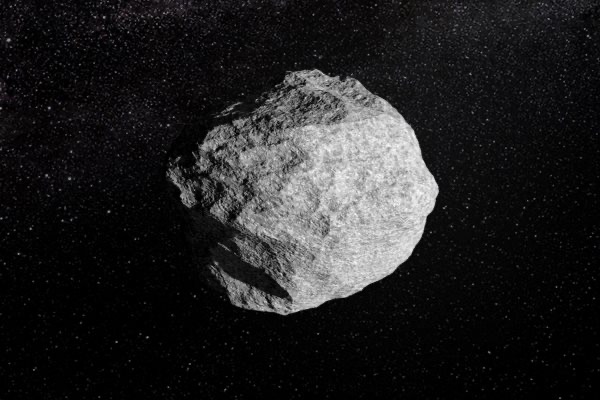Asteroid Impact in 2032? Scientists Warn of the Need for Close Monitoring

According to the latest astronomical observations, the asteroid designated "2024 YR4" has recently drawn significant attention from the scientific community. This celestial body was first discovered by an observatory in Chile at the end of 2024. Further observations have confirmed that its diameter is estimated to be between 40 and 90 meters, roughly the size of a football field. Experts point out that it has a 1.6% chance of impacting Earth in December 2032, which, if it occurs, could have devastating consequences for the planet's surface.
According to data released by NASA and the International Asteroid Warning Network (IAWN), if "2024 YR4" enters Earth's atmosphere at high speed, it could release energy equivalent to hundreds of times the Hiroshima atomic bomb explosion, devastating areas within tens of kilometers. Potential impact locations include the eastern Pacific Ocean, South America, Central Africa, and northern India, posing a significant and widespread threat.
NASA's planetary defense mission successfully demonstrated the ability to intervene against space threats in 2022 with the "Double Asteroid Redirection Test" (DART), which altered the trajectory of an asteroid. Andrew Rivkin, a planetary scientist at the Johns Hopkins Applied Physics Laboratory, stated that if "2024 YR4" is confirmed to pose a real threat in the future, we have the capability to take necessary measures to prevent disaster.
Although the current impact probability is below 2%, scientists emphasize that continued observation is crucial due to the asteroid’s significant size and the uncertainty in its trajectory. Colin Snodgrass, an astronomy professor at the University of Edinburgh, noted that the longer an asteroid’s orbit is tracked, the more accurate its trajectory predictions become. Bruce Betts, a scientist at The Planetary Society, also stressed that the current strategy is to invest resources in closely monitoring the asteroid’s movements to ensure timely action if necessary.
Experts indicate that if the impact risk persists, launching a space mission to alter its trajectory may need to be considered. International cooperation in funding and technology will also be essential to protect Earth from a potential disaster.
- 43 reads
Human Rights
Ringing FOWPAL’s Peace Bell for the World:Nobel Peace Prize Laureates’ Visions and Actions

Protecting the World’s Cultural Diversity for a Sustainable Future

The Peace Bell Resonates at the 27th Eurasian Economic Summit

Declaration of World Day of the Power of Hope Endorsed by People in 158 Nations

Puppet Show I International Friendship Day 2020

